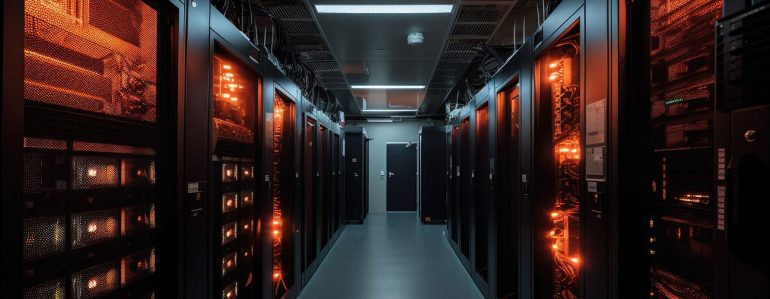- Gartner projects a 24.1% increase in data center system spending, up from the previously expected 10% growth.
- The rise is driven by substantial investment in AI-optimized servers by managed service providers.
- Nvidia has resolved most supply chain issues, allowing greater production of AI servers, though backlogs persist.
- Large hyperscalers and managed service providers are rapidly acquiring servers to prepare for generative AI demands.
- The anticipated growth in large language models could lead to server spending reaching $70 billion this year, with projections of $140 billion by 2025 and $210 billion by 2028.
- Enterprise data centers contribute less to growth compared to cloud providers, but CIOs are still exploring AI tools.
- Device spending is expected to rise by 5.4%, software by 12.6%, and services by 7.1%.
- Most software companies are struggling to monetize generative AI features effectively, leading to a potential reliance on existing models.
Main AI News:
Gartner Inc. has dramatically revised its global IT spending forecast, projecting a 24.1% surge in spending on data center systems—significantly higher than the 10% growth anticipated just three months ago and a stark contrast to last year’s 4% growth. This revision is primarily driven by the burgeoning impact of generative artificial intelligence (AI).
John-David Lovelock, Gartner’s distinguished vice president analyst and the report’s principal author, highlighted that the primary driver behind this increase is the surge in spending by managed service providers on AI-optimized servers. Lovelock, a seasoned forecaster, noted that this level of growth is unprecedented since the COVID-19 pandemic.
Two key factors are fueling this unexpected rise. Firstly, Nvidia Corp., a leader in the market for graphic processing units essential for AI servers, has largely resolved its supply chain challenges. This improvement allows for a greater production of AI-optimized servers, although order backlogs for these servers still extend from six months to a year. Secondly, large hyperscalers and numerous managed service providers are aggressively acquiring these servers to prepare for the anticipated wave of generative AI inferencing.
Lovelock predicts that the current rush in AI training will elevate base server spending over the next several years as large language models become more expansive and resource-intensive. Future models could potentially cost up to $1 billion each to develop. Despite inferencing being less resource-intensive than training, demand will persist as these models are used throughout the year.
Gartner forecasts that large hyperscalers will allocate $70 billion to cloud infrastructure this year, with spending expected to reach $140 billion by 2025 and $210 billion by 2028. Lovelock acknowledges that the market for large language models and their functionalities is still evolving and far from being standardized.
While enterprise spending contributes less to the overall server spending increase, corporate data centers are still relevant. CIOs are exploring how to leverage these tools, with cloud providers experiencing a 40% to 60% growth in server investments compared to a 20% increase for businesses.
Other IT sectors are predicted to follow previous growth trajectories. Device spending is set to rise by 5.4% this year, recovering from last year’s 6.5% decline. Software is expected to see a robust 12.6% growth, and the services sector will expand by 7.1%, surpassing the growth of both the software and data center sectors combined.
Gartner also observed that while software companies are quickly integrating generative AI features, most are not yet realizing significant profits from these innovations. Lovelock suggests that to stay competitive, software vendors must incorporate generative AI capabilities by the end of 2025, leading many to adopt existing models rather than develop their own. As a result, any additional revenue from AI features may benefit the companies operating the models more than the software vendors themselves.
Conclusion:
Gartner’s upward revision of the server spending forecast underscores the transformative impact of generative AI on the data center market. The significant increase in anticipated spending highlights a strategic shift by managed service providers and hyperscalers to prepare for advanced AI applications. This surge in investment reflects both the resolution of supply chain constraints by Nvidia and the ongoing demand for AI-optimized infrastructure. The predicted growth in spending indicates a robust expansion in the server market, driven by the escalating needs of large language models and AI training. However, the slower monetization of generative AI features by software companies suggests that while AI presents substantial opportunities, it also requires careful integration and strategic alignment to achieve profitability.

